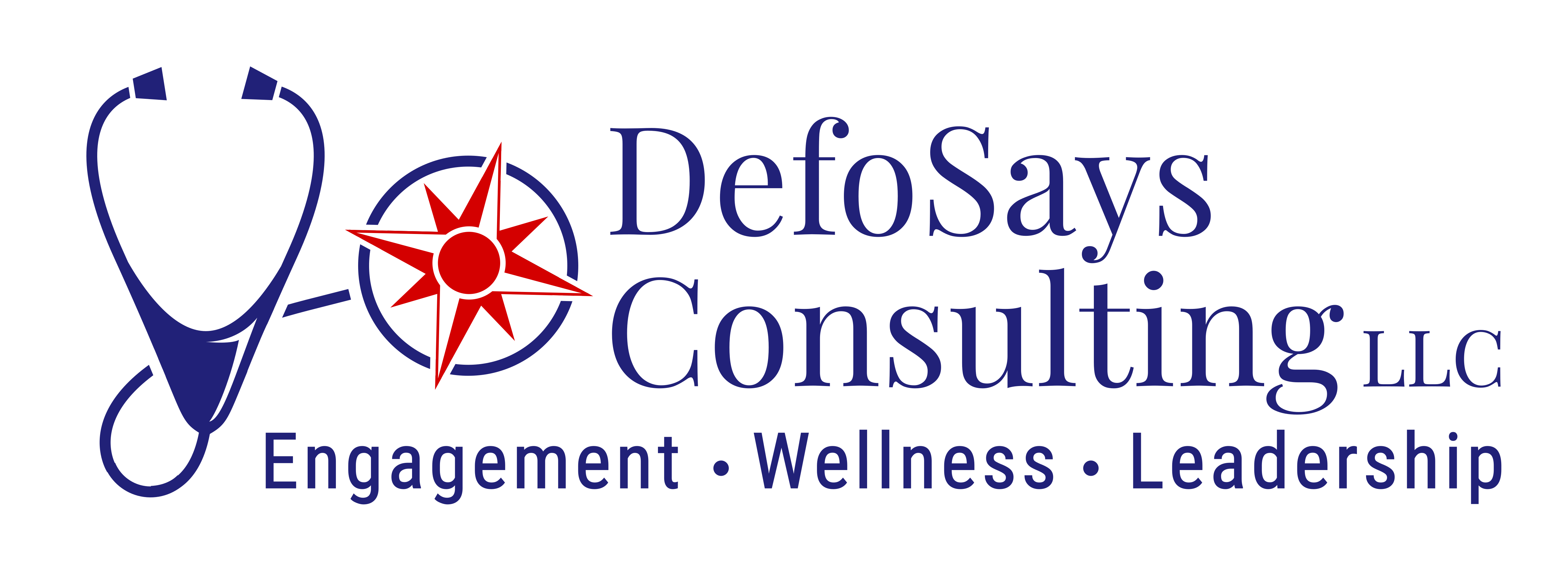Market Breakdown in Need of Repair: part two in a three part series

Previously, in Part One of this series, we discussed what’s good in the US pharmaceutical market.
Today in Part Two: we explore the Bad and the Ugly
- Generic drug price gouging
- Market breakdown
- Deceptive marketing
Later this month, Part Three will develop a path to the future
- “Show me the dead Canadians”
- Public private partnerships
- Market reforms
Why should you care?
Drug prices are higher in America than anywhere else in the world. We pay 34% more than New Zealand and 50% than England. Essentially, patients in the US are subsidizing the cost of pharmaceuticals all over the world.
The systemic weaknesses in our pharmaceutical industrial complex contribute to wasting of billions of dollars each year. This diverts scarce resources away from more pressing needs and is rapidly driving the US healthcare system into insolvency. For example, inexplicably the state of Massachusetts paid $244 for Mylan’s EpiPen in 2012 and subsequently paid $362 for it in 2014.”
A recent Massachusetts Health Policy Commission report indicates that spending on prescription drugs accounted for one third of all Massachusetts healthcare spending growth in 2016. This spending is growing more rapidly than any other healthcare category.
Last year for the first time in history, Massachusetts spent more money on pharmaceuticals than on inpatient hospitalizations. The rate of growth of pharmaceutical spending is too high, and dangerously escalating, squeezing out other priorities at every level of government and in the private sector.
Generic drug price gouging and market breakdown
In an efficient free market, once the patent on a drug has expired, generic manufacturers should be able to compete based on quality, service and cost. This should drive drug prices down. Yet there are examples of oligopolies (only a few manufacturers in the market) or true monopolies (only one manufacturer) in the generic market where US drug price gouging has garnered headlines recently. For example:
CEO who raised price of old pill more than $700 calls journalist a ‘moron’ for asking why
This after Turing Pharmaceuticals unconscionably raised the price of a treatment for a parasitic infection from $13.50 to $700 per pill!
There have been cases where a generic drug is made by one or only a few manufactures, and the firm is bought, with the sole objective of ratcheting up the price of the generic medication.
Another scheme which brand name drug companies use to stifle competition is to pay generic drug manufactures not to produce a lower-cost equivalent generic medication. This effectively delays any competition in the market and has been labeled, “pay-for-delay.” According to a Federal Trade Commission report, it’s estimated that these pay-for-delay schemes cost Americans $3.5 billion per year.
How ridiculous is this? Some have argued that sky high drug prices are a bargain, because these true miracle cures are cheaper than the alternative. For example, the alternative to the pharmaceutical miracle cure for hepatitis C is for the patient to develop end stage liver disease, hope to get off the liver transplant waiting list and then receive a $100,000.00 liver transplant. We are told the new drug is, “cost effective,” because it only costs $84,000.00, rather than the $100,000.00 required for a liver transplant. Really?
Imagine your new car develops a flat tire. You bring it into the shop and the mechanic tells you a new tire will cost $16,000, and you should consider this “cost effective” because this “miracle cure” to your car’s ailment is cheaper than not repairing the tire and having to purchase a new car for $20,000. You would leave the shop either in fits of laughter, or steaming mad. Luckily in the real world, you will likely find a new tire for less than $100.
What’s the difference between a new tire and a new pill? There is an efficient free market for the new tire, and complex market breakdown in the pharmaceutical market. The patient is not free to walk away from a cure. The patient is not the one who negotiates the fee and often not the one who pays for the drug. The government gives the drug company years of patent protection, which eliminates competition, and then at the end of that time, the drug companies often use lawsuits or pay-for-delay to prolong their monopoly.
In an efficient market, innovations such as flat screen TVs are expensive at first, but as technology evolves, markets drive prices down. As an example of how a free market operates, JVC introduced the first VCR in 1977 at a price of $46,000.00 in today’s dollars. The VCR tapes alone cost 72$ (in today’s dollars). But innovation, competition and scale has driven down the price of recording a show to essentially zero today. Market breakdown, an oligopoly in the generic market, huge barriers to entry and lawsuits, as well as “pay for delay” prevent US patients from reaping the benefits of the free market.
Deceptive marketing:
A key prerequisite for deceptive advertising is severely asymmetric knowledge between the advertiser and the buyer.
Years ago, we banned cigarette advertising to children because kids did not have the sophistication, education and experience to keep from getting hoodwinked into addiction by the tobacco companies. It’s time we do the same for direct drug advertising to the public.
A recent report notes that drug companies spent 19 times as much money on advertising than they did on research. More than 10% of this advertising ($3 billion) was spent advertising directly to potential patients. How is it helpful to tell the public to, “ask your doctor if the purple pill is right for you?”
Later this month, in Part Three of this series, we will suggest a path to the future, with specific actionable recommendations to rectify these market imbalances.






 According to the CDC, about
According to the CDC, about